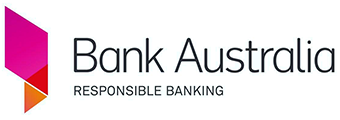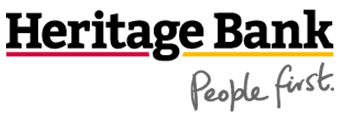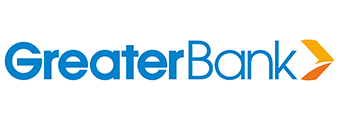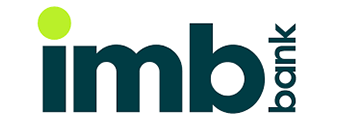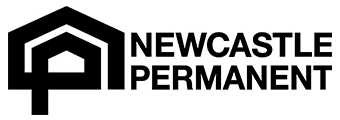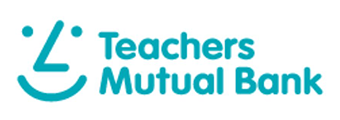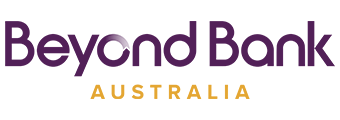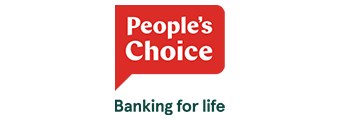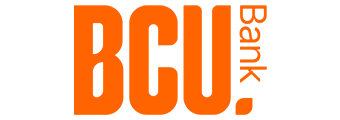Fact Checked
Customer-owned bank home loans for owner occupiers
| Lender | Home Loan | Interest Rate | Comparison Rate* | Monthly Repayment | Repayment type | Rate Type | Offset | Redraw | Ongoing Fees | Upfront Fees | Max LVR | Lump Sum Repayment | Extra Repayments | Split Loan Option | Tags | Features | Link | Compare | Promoted Product | Disclosure |
|---|---|---|---|---|---|---|---|---|---|---|---|---|---|---|---|---|---|---|---|---|
5.18% p.a. | 5.63% p.a. | $2,739 | Principal & Interest | Variable | $350 | $0 | 90% | |||||||||||||
5.49% p.a. | 5.51% p.a. | $2,836 | Principal & Interest | Variable | $0 | $210 | 70% | |||||||||||||
5.49% p.a. | 5.50% p.a. | $2,836 | Principal & Interest | Variable | $0 | $180 | 90% |
| ||||||||||||
5.54% p.a. | 5.57% p.a. | $2,852 | Principal & Interest | Variable | $0 | $799 | 70% | |||||||||||||
5.49% p.a. | 5.53% p.a. | $2,836 | Principal & Interest | Variable | $0 | $0 | 80% |
| ||||||||||||
5.59% p.a. | 5.65% p.a. | $2,867 | Principal & Interest | Variable | $0 | $0 | 80% | |||||||||||||
5.79% p.a. | 5.82% p.a. | $2,931 | Principal & Interest | Variable | $0 | $null | 80% | |||||||||||||
8.26% p.a. | 8.32% p.a. | $3,760 | Principal & Interest | Variable | $0 | $750 | 95% | |||||||||||||
8.46% p.a. | 8.53% p.a. | $3,830 | Principal & Interest | Variable | $0 | $799 | 80% |
Important Information and Comparison Rate Warning
Important Information and Comparison Rate Warning
Customer-owned bank home loans for investors
| Lender | Home Loan | Interest Rate | Comparison Rate* | Monthly Repayment | Repayment type | Rate Type | Offset | Redraw | Ongoing Fees | Upfront Fees | Max LVR | Lump Sum Repayment | Extra Repayments | Split Loan Option | Tags | Features | Link | Compare | Promoted Product | Disclosure |
|---|---|---|---|---|---|---|---|---|---|---|---|---|---|---|---|---|---|---|---|---|
5.64% p.a. | 5.66% p.a. | $2,883 | Principal & Interest | Variable | $0 | $210 | 70% | |||||||||||||
5.79% p.a. | 5.82% p.a. | $2,931 | Principal & Interest | Variable | $null | $null | 70% | |||||||||||||
5.74% p.a. | 5.80% p.a. | $2,915 | Principal & Interest | Variable | $0 | $799 | 80% | |||||||||||||
5.79% p.a. | 5.98% p.a. | $2,931 | Principal & Interest | Variable | $199 | $0 | 70% | |||||||||||||
5.84% p.a. | 5.90% p.a. | $2,947 | Principal & Interest | Variable | $0 | $835 | 70% |
Important Information and Comparison Rate Warning
Important Information and Comparison Rate Warning
Compare home loan options
Refinancing Home Loans
Compare Investment Home Loans
Investment Home Loans
Refinancing Home Loans
Non-Bank Home Loan Lenders
Fixed-Rate Home Loans
Variable-Rate Home Loans
Interest-Only Home Loans
Construction Loans
Green Home Loans
Offset Home Loans
Big 4 Home Loan Rates
5% Deposit Home Loans
Low Doc Home Loans

